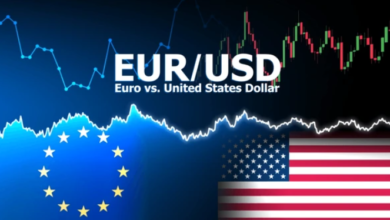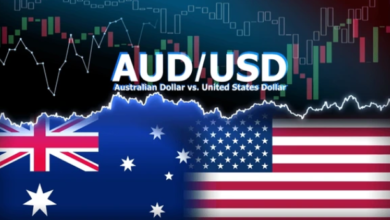INRTechnical AnalysisUSD
USD/INR advances despite India’s HSBC PMI data beats estimates
- The Indian Rupee slumps to near 86.90 against the US Dollar as rising crude prices have battered the former.
- Iran threatens to close the Strait of Hormuz following the US attack on Tehran’s nuclear facilities.
- Fed’s Waller supports reducing interest rates in the July policy meeting.
Daily digest market movers: Indian Rupee weakens against US Dollar
- The Indian Rupee resumes its downside journey against the US Dollar after a short-lived pullback move on Friday to near 86.55 despite the release of the upbeat preliminary HSBC Purchasing Managers’ Index (PMI) data for June.
- Accoridng to the HSBC report, the Composite PMI expanded at a robust pace to 61.0 from 59.3 in May due to strong growth in activities in both manufacturing and the services sector.
- “India’s flash PMI indicated strong growth in June. New export orders continued to fuel private sector business activity, especially in manufacturing. Meanwhile, the combination of robust global demand and rising backlogs prompted manufacturers to increase hiring. Employment growth is also healthy in the services sector despite slightly weakening on a sequential basis from May to June. Finally, input and output prices continued to rise for both manufacturing and services firms, but rates of increase showed signs of softening,” Pranjul Bhandari, Chief India Economist at HSBC, said.
- The Indian Rupee is expected to underperform amid rising Oil prices due to US-Iran tensions. Over the weekend, the US struck three Iranian nuclear facilities: Fordow, Natanz, and Esfahan, aiming to restrict Tehran from fulfilling its ambition of building nuclear warheads. According to comments from the White House came on Thursday, Washington was expected to take decision on whether to strike Iran on not was expected to be taken within two weeks.
- The unexpected direct involvement of the US in Middle East tensions has forced investors to shift to the safe-haven fleet, improving the demand for the US Dollar as a safe-haven asset. The US Dollar Index (DXY), which tracks the Greenback’s value against six major currencies, revisits the 10-day high slightly above 99.00.
- In retaliation, Iran is preparing to close the Strait of Hormuz, through which almost a quarter of the global Oil is supplied.The decision to close the Oil gateway, which Iran shares with Oman and the United Arab Emirates (UAE), has been approved by Tehran’s parliament and has been forwarded to the Supreme National Security Council for final approval, Iran’s Press TV reported.4
- On the domestic front, the Reserve Bank of India (RBI) minutes released on Friday showed that the Indian central bank front-loaded interest rate cuts to send a clear message to economic agents that it intends to support consumption and investment through lower borrowing costs. In the policy meeting, the RBI slashed its Repo Rate unexpectedly by 50 basis points (bps) to 5.5%.
- In the US region, traders are expected to raise bets supporting the Federal Reserve (Fed) to reduce interest rates in the July policy meeting as officials have split over the monetary policy outlook after holding it steady in last week’s meeting.
- On Friday, Fed Governor Christopher Waller argued in favor of cutting interest rates in July, citing concerns over the labor market. “The Fed should not wait for the job market to crash in order to cut rates,” Waller said in an interview with CNBC Squawk Box on Friday. He also stated that the impact of tariffs imposed by US President Donald Trump will be as big on inflation. “I do not think inflation impact from tariffs will be big, trend is looking good,” Waller said.
- Contrary to Fed’s Waller, Richmond Federal Reserve President Thomas Barkin said that there is no rush for interest rate cuts amid uncertainty over how much new trade policies will prompt inflation. “I am comfortable with where we are and nothing is burning on either side [inflation and labor market] such that it suggests there’s a rush to act,” Barkin said.







